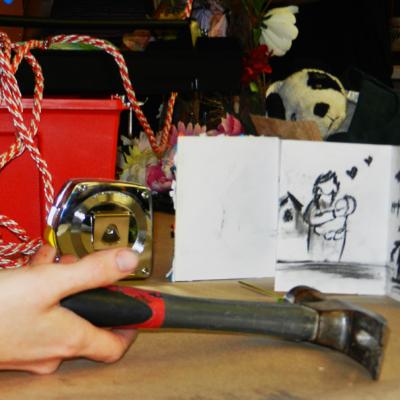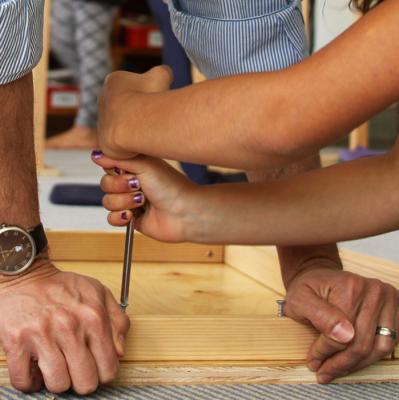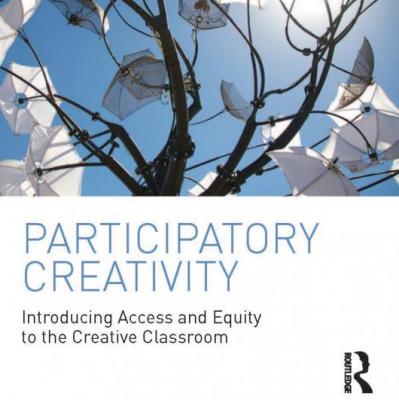這個思考模式通過幫助學生近距離觀察某個物品/系統的細節,考慮不同的使用者和利益相關者不同的觀點角度,以反思自己和這個物品/系統的關係來探究其中的關聯性。

Collaborative Partnerships Through Systems Thinking
Educator Tatum Omari examines the system of educator collaborations and partnerships.

Maker Empowerment in the Making!
Oakland Learning Community member Ilya Pratt describes her experiences working with the concept of “Maker Empowerment” at a recent Agency by Design workshop in Oakland, CA.

Understanding Agency Part II: Putting an Abstract Concept into Action
AbD researchers describe how their use of agency “vignettes” help them gain new understandings around the concept of agency.

A TEDx Talk about the Maker Mind: Why Having a Sensitivity to Design Matters
Agency by Design project manager Jen Ryan describes her experience discussing the “maker mind” at TEDxDirigo.

The Elaboration Game
This practice is designed to deepen learners’ sensitivity to design through drawing, observing, questioning, and collaborating.

Participatory Creativity: Introducing Access and Equity to the Creative Classroom
Participatory Creativity: Introducing Access and Equity to the Creative Classroom presents a systems-based approach to examining creativity in education that aims to make participating in invention and innovation accessible to all students. Moving beyond the gifted-versus-ungifted debate present in many of today’s classrooms, the book’s inclusive framework situates creativity as a participatory and socially distributed process. The core principle of the book is that individuals are not creative, ideas are creative, and that there are multiple ways for a variety of individuals to participate in the development of creative ideas. This dynamic reframing of invention and innovation provides strategies for teachers, curriculum designers, policymakers, researchers, and others who seek to develop a more equitable approach towards establishing creative learning experiences in various educational settings.

Looking at Student Work Protocol
“深入拆解” 的思考模式
這個思考模式通過讓學生慢慢、細心地觀察物件和系統中的細節,鼓勵他們不止觀察物件的表面特徵,更重要的是了解其內部運作。這個思考模式可以激發學生的好奇心,鼓勵他們勇於提出問題,並且能做更深入的研究。